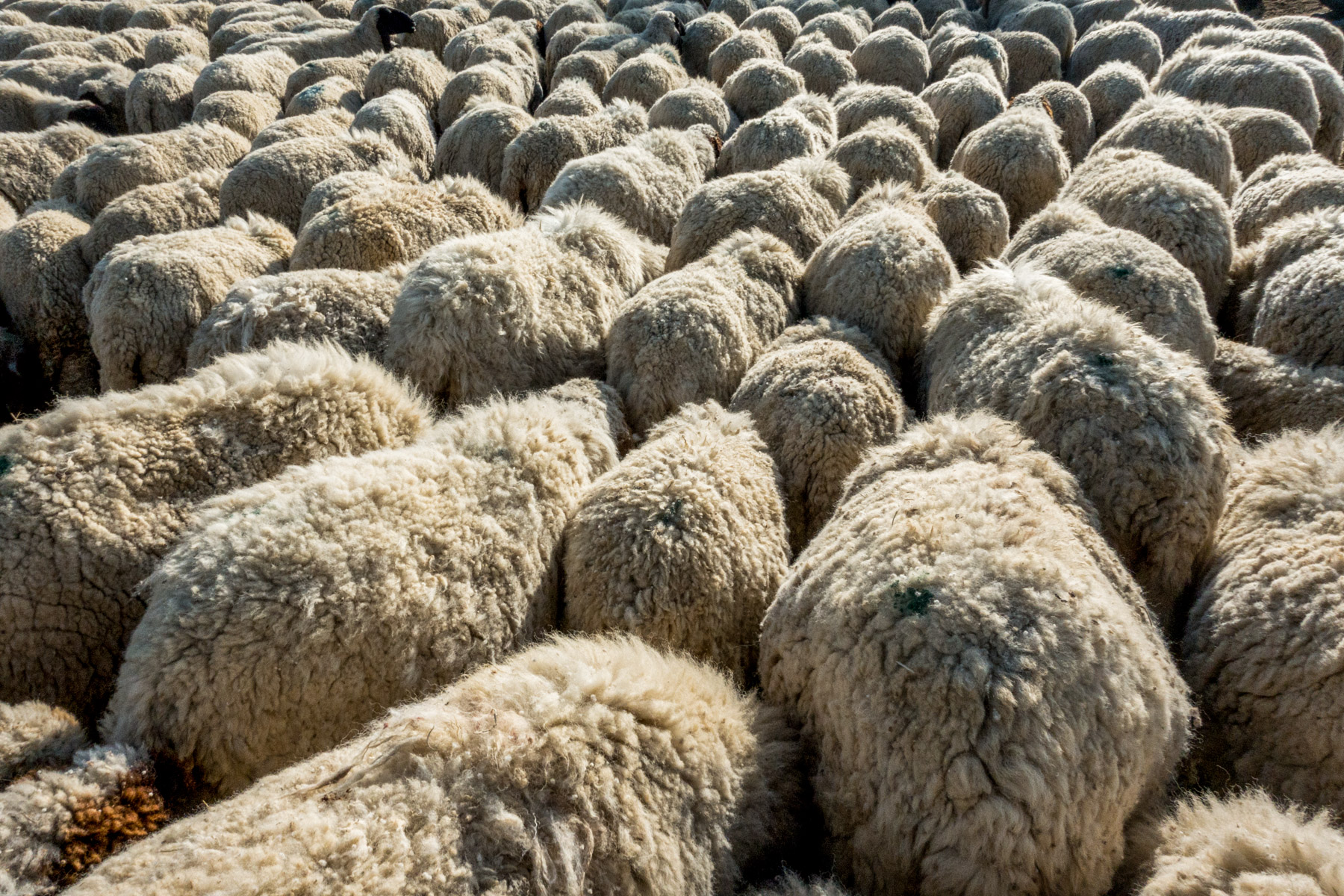Merino sheep have a long and fascinating history, dating back centuries. Their journey from prized royal livestock to a global wool industry powerhouse is a story of resilience, innovation, and adaptation.
1. Ancient Beginnings in Spain
Merino sheep originated in Spain as early as the 12th century. Their wool was so valuable that for centuries, exporting these sheep was punishable by death! It wasn’t until the 18th century that Spain allowed them to be traded, leading to their spread across Europe and beyond.
2. From Spain to the World
Today, Australia and New Zealand are among the largest producers of Merino wool. The sheep have thrived in these regions, thanks to their ability to adapt to various climates, from mountainous terrain to dry, arid lands. In fact, Australia is home to over 100 million Merino sheep, making it the leading producer of fine Merino wool.
3. Masters of Extreme Climates
Merino sheep are well-suited to both cold and hot conditions. Their wool helps regulate body temperature, providing warmth in winter while remaining breathable in the summer. They were originally bred for survival in high-altitude regions, making them incredibly resilient to harsh weather conditions.
4. Social and Smart Creatures
Not only are Merino sheep tough, but they are also surprisingly intelligent! Studies have shown that they can recognize up to 50 different faces, both human and sheep, and remember them for years. They also form strong social bonds within their flock, reinforcing their reputation as cooperative and resilient animals.
From their origins in medieval Spain to their dominance in the modern wool industry, Merino sheep have proven to be an extraordinary breed. Their ability to adapt and thrive in extreme environments makes them one of the most successful sheep breeds in history.

